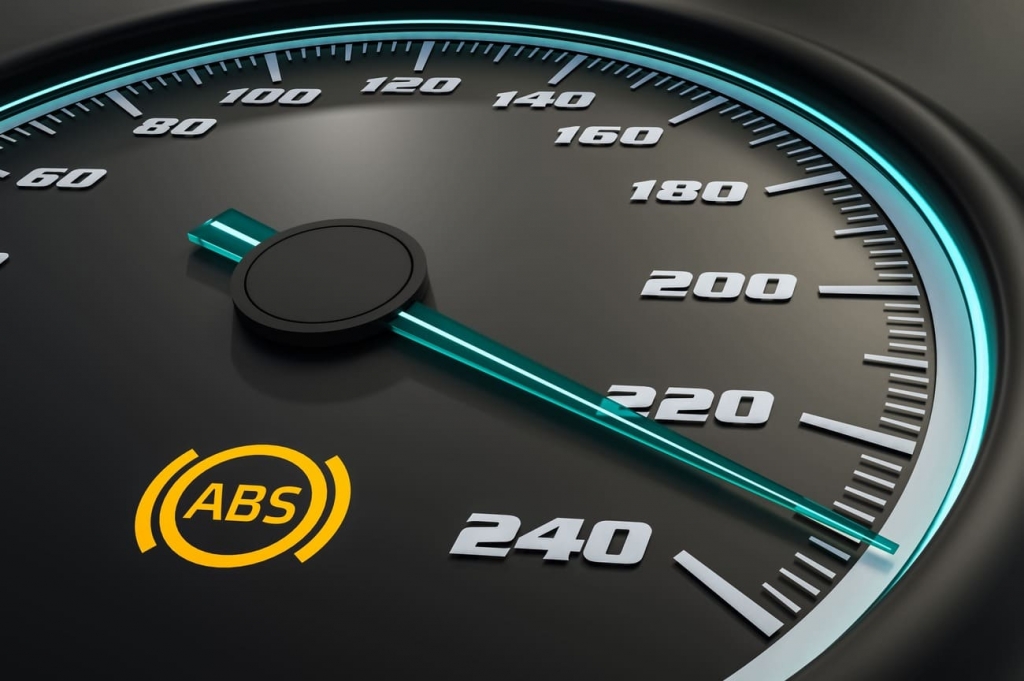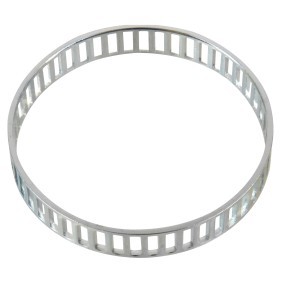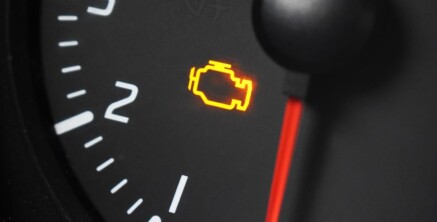
ABS stands for anti-locking braking system, which is an advanced system designed to stop your car wheels from locking during emergency braking or in harsh driving conditions. It also reduces the chances of skidding when driving on wet roads. It does so using an electronic controller and a system of sensors and valves. When the controller detects that a wheel is decelerating at an abnormal rate, it reduces the pressure to the brake on that wheel until it accelerates and then increases the pressure until it decelerates again. This stabilises the vehicle and ensures that the driver maintains control.

The speed sensors play a critical role in determining when to increase or decrease the pressure. They constantly monitor the speed and rotation of the wheels and send this information to the control unit. An ABS wheel speed sensor typically consists of a reluctor wheel or toothed ring and a magnet coil. The ring rotates with the wheel and as it contacts the magnet, an electric field is generated, creating a signal which is transmitted to the controller.
Symptoms of a bad wheel speed sensor
So, what happens when the ABS sensor goes bad? If the sensor sends an incorrect signal, the ABS may respond to this error, which could cause a decrease in stability or other handling and braking issues. Here are a few common signs of a faulty ABS sensor:

The light functions in a similar way to the check engine light. It may light up on the dashboard when the sensor is disconnected, worn or damaged. This is usually the first symptom that appears. However, there could also be other reasons for this, such as a broken ABS pump or problems with the brake pressure or lines.
This normally turns on when the driver deactivates the system. However, it may also illuminate in the case of a defective speed sensor as other systems will also be affected. In some rare cases, the faulty sensor can cause the vehicle’s speedometer to stop registering.
When the sensor malfunctions, it will send inaccurate signals and the readings will be incorrect for one or more wheels. As mentioned above, the control unit may falsely trigger the ABS system as a result. When the ABS and traction control system kick in, you may feel the brake pedal pulsate or pump when braking.
If the system is not receiving the correct or any input, it may shut down altogether. The controller needs this information to be able to regulate the brakes. When a fault is detected by the unit, the warning light is activated. If you apply the brakes and notice that the wheels lock, you will need to get the system checked out by a professional as soon as you possibly can. This is a serious safety concern.

Need to replace your ABS sensors?
If you’re experiencing any of the problems mentioned above and suspect that your wheel speed sensor is faulty, it is strongly recommended to get your braking system examined and repaired as quickly as possible. Replacing the component is normally quite straightforward, taking as little as 20 to 30 minutes. Before purchasing a replacement, you will need to consider the product specifications and the quality. You can find a wide selection of affordable products online for almost any model, but it is important that the part you buy is compatible with your specific model. For example, if you’re shopping online, you might type the name of the part followed by the model of your car into the search bar, e.g. “ABS sensor VW Golf” or to get more specific results, you can search using the vehicle identification number.
Frequently Asked Questions (FAQs)
⚠ Where are ABS wheel speed sensors located?
The sensors are usually located right at the wheel hub near to the brake rotor, however, sometimes they are mounted to the axle. The number and location of the sensors will depend on the type of system. A 4 sensor system will include one sensor for each wheel, whereas a 3 sensor system will normally have two at the front and one at the rear axle.
⚠ How can you tell which ABS sensor is bad?
You may be able to find out by scanning the car’s error codes using a diagnostic scan tool. The fault codes should indicate which device is defective. Alternatively, you can test the voltage of the sensor with a multimeter or voltmeter and by spinning the wheel hub by hand. Make sure to take proper safety precautions when conducting tests.
Top products related to this topic:


















Comment